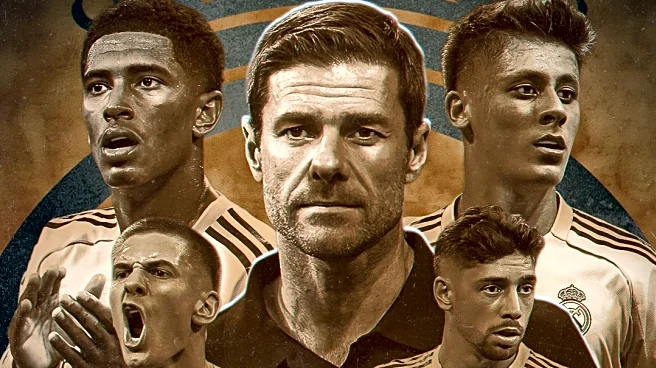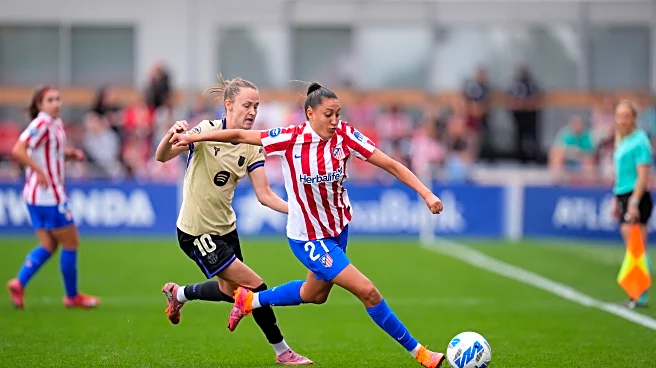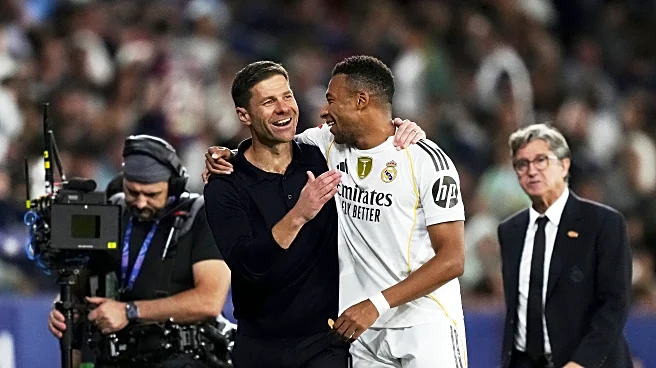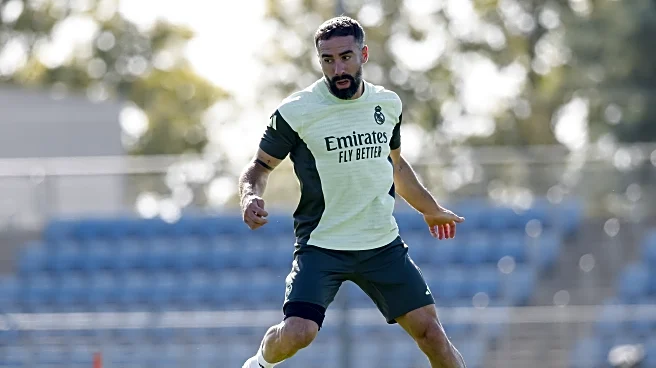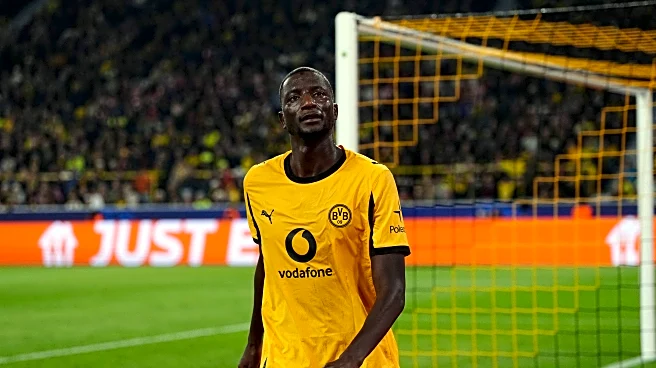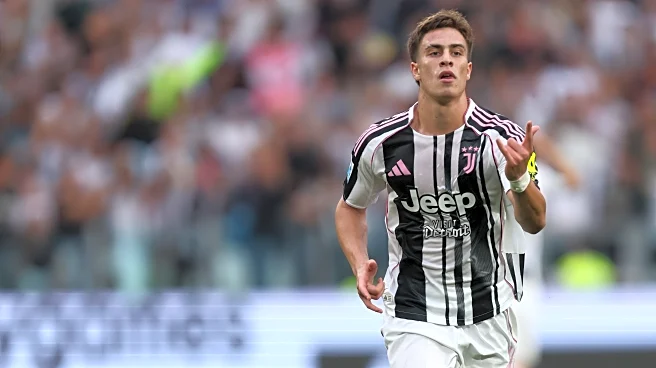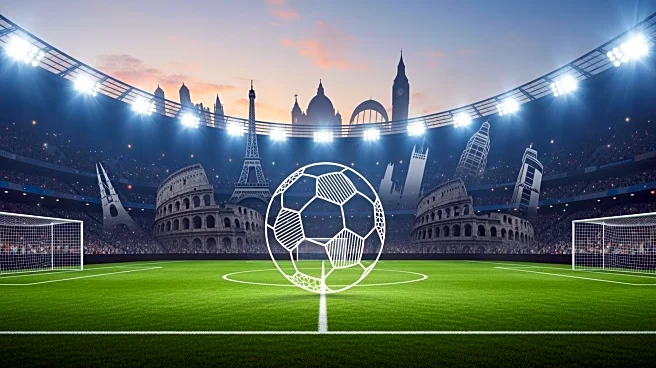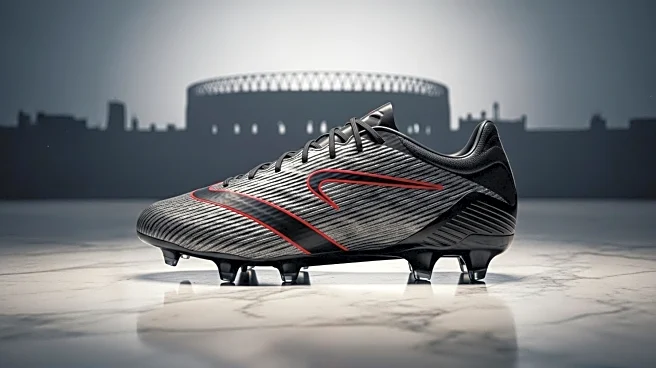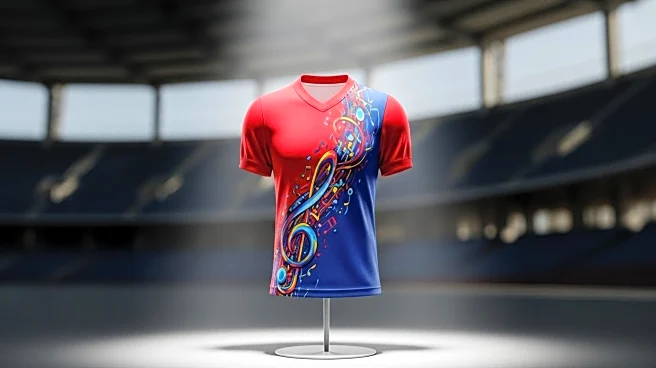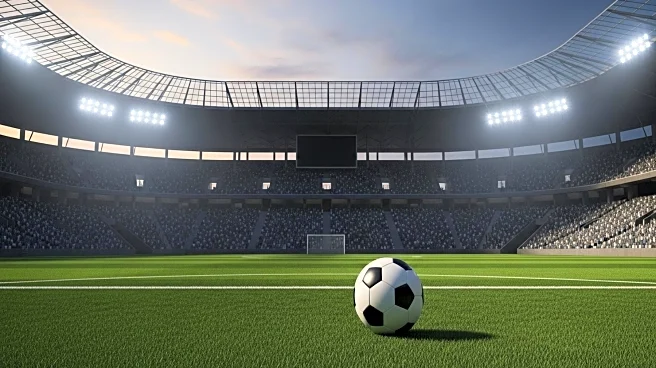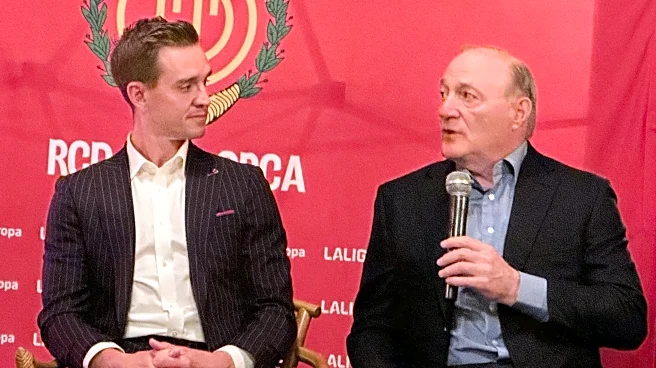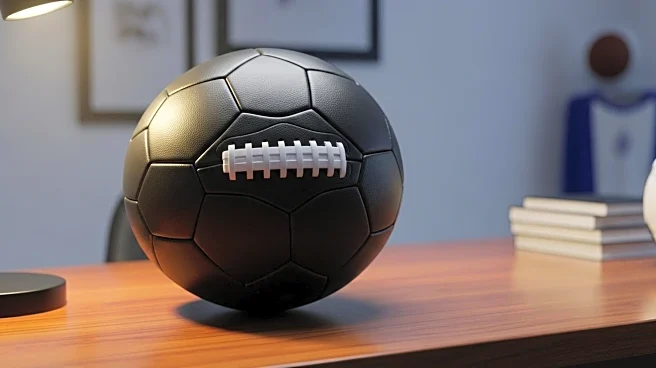The rollercoaster keeps taking unexpected turns. The last two years at Real Madrid have been one wild ride. After losing the best striker in the club’s history, Karim Benzema, the team won the double off the back of incredible seasons from Jude Bellingham, Vinicius Jr, Dani Carvajal, Toni Kroos, Fede Valverde, and Thibaut Courtois. Two days after winning the Champions League, Kylian Mbappe was announced, and the super team became super-duper.
It was hard to see it going wrong from there. The team’s
superstars were young. Who was going to stop arguably the three best players in the world — Vinicius, Bellingham, Mbappe — in transition? In hindsight, we now know everything: More devastating ACL injuries arrived, the team’s wing-backs for the majority of the season were Fran Garcia and Lucas Vazquez, the defense nosedived off a cliff, the team’s balance was non-existent, and Carlo Ancelotti held a high line without pressing. The team struggled under pressure and didn’t have a reliable ball-progresser on the field.
Mbappe struggled the first few months of the season, but eventually found himself and hit the 40+ goal mark this author had predicted. When he was at his best, Vinicius dipped in form. Bellingham played through shoulder pain all season. The team sorely missed Toni Kroos, and on top of that, the best Barcelona since Lionel Messi’s departure arrived.
It’s impossible to blame one thing; one person. It was a perfect storm to brew one of the most disastrous seasons of the past decade.
But that season seems to be more of a write-off — a blip — more than the beginning of a downturn era. It happens. Things are starting to normalize again with new signings, the rise of young players, and a new tactical vision. It may still take time; more pain. But it will trend in the right direction. Turnarounds at this club happen quicker than you think.
Real Madrid should still be European contenders for the foreseeable future with such a young nucleus, and with heavy burdensome contracts to older players being moved out within the next year or two.
You have to defer to the work Xabi Alonso is doing, building both a short and long-term juggernaut. Alonso is more involved in the sporting project than Ancelotti was. His due diligence includes his own heavy scouting, lots of in-depth analysis of opponents, and new layers of tactical complexity added each game. The team has now won nine of 10 games, with each match showing new wrinkles.
The high press hasn’t looked this good in years, and is on course to be the most aggressive and cohesive press in club history. Thibaut Courtois has barely been tested all season. Offensive set-pieces — both direct and indirect —are dangerous. The team is being rotated plenty. Bellingham, lighter and more nimble post shoulder surgery, has returned.
SUBSCRIBE: The Managing Madrid Podcast on YouTube
FOLLOW: Managing Madrid on Instagram
Still, patience will be little, even for a man as great as Alonso. The expectation was that a new mind can fix the issues of last season, and while Real Madrid are winning almost all of their games — they will be judged by when it matters the most, against big teams — and not now; but in March, April, May. The team still hasn’t proven it can fight against the elite. They are getting blown away. Not just losing — blown away — against elite opposition. You might get away with winning the league while losing to Barcelona and Atletico just by beating everyone else. But it will be impossible to win the Champions League without beating elite opposition.
While there is understanding that Alonso has inherited a failed team, there is also reasonable expectation that he has no excuse. He signed two wing-backs, a young ball-playing center-back, and a young Argentine phenom. Alonso has superstars, stars, and depth.
Early returns are good. Through 10 games in all competitions, Real Madrid have accumulated 27 points and outscored their opposition 26-10. Vinicius, Mbappe, and Güler are dominating every conceivable offensive metric. Güler has been the best creator in Europe, statistically speaking; Mbappe the best goalscorer. Vinicius is starting to heat up. How much will Bellingham help as an aerial threat, creative force, and pressing demon?
But one giant stain stands out: A humiliation at the Metropolitano. In isolation, a bad loss against Atletico Madrid away from home is not generally enough to ring alarm bells. Even in that near-flawless 2023 – 2024 campaign, Ancelotti’s men lost there.
But you could argue despite it being Real Madrid’s only loss of the season, it can’t be looked at in isolation. It was Real Madrid’s biggest test since the PSG debacle in the USA, followed by failure after failure against teams the season prior: Arsenal, Liverpool, Barcelona, Athletic, Milan, Lille.
Still, Alonso will be judged at the end of the season, not now. Not even at the end of a difficult stretch (Juventus, Barcelona, Liverpool coming up), but at the end of the campaign, where all the consequences of the club’s efforts can be tangibly measured.
Question marks about the midfield remain. Does the team have enough control and two-way steel? Some fans were pushing for players like Angelo Stiller. Real Madrid haven’t replaced Toni Kroos and Luka Modric. Are Dani Ceballos and Arda Güler enough?
Reminder: There is no such thing as replacing Kroos and Modric. You pivot, secure the best assets possible, and develop what you have. That in part is what is already underway: Güler has been given the keys to turn into Real Madrid’s midfield magician, and with Bellingham back, they should get enough two-way balance — especially with a high pressing scheme.
There was no one on the market on Kroos and Modric’s level, and splashing on Stiller didn’t move the needle enough to justify the price after already spending 167m this summer, per club sources.
The priorities were wing-backs and a center-back. Mastantuono was not an urgent need, but a talent that all three parties — the club, Alonso, Mastantuono — pushed for.
It’s worth hammering the point that the sample size for the Xabi Alonso era is infinitesimally small. We have more questions than answers, still. Some of the criticism that has come the way of certain players is stretched unfairly. For example: Güler has been donned as someone who can’t perform in a big game. Really? How many big games has Güler been involved in? He barely played last season. Against Atletico in September, the biggest test, he was the team’s best player. These statements should be made at the end of careers — not for someone who is still 20 years old.
JOIN: Members-only bonus Real Madrid content
Let Güler marinate in a proper system, with healthy midfielders around him. He’s looked to have taken a leap defensively, and a lot of the ‘muscle’ is supposed to come from other players — not from the team’s primary creator.
Giving Güler a more prominent role over signing someone else to take that role was the right call — a calculated leap of faith. Sometimes you have to look at solutions from within. Sign someone else as the tempo controller, and you risk Güler’s playing time stalling, and with it, the development of a potential elite creator.
And Güler has been ‘elite’ by every metric: He has the most assists per 90 this season in La Liga and the most key passes in the Big Five Leagues. He has made Kylian Mbappe’s life easier — rewarding the Frenchman’s off-ball runs with precisely weighted passes into his path. The Güler – Mbappe connection has been one of those most fun things to witness this season. It was something we were deprived of season last season. Despite Güler and Mbappe connecting well in limited minutes together in the 2024 – 2025 campaign, the Turk only played 1,255 minute in La Liga. He is on pace now to smash that mark, nearly accumulating half those minutes in just eight games.
Those numbers — that influence — would’ve been subdued had the club signed someone for that position instead. Alternatively, you could’ve signed someone and not benched Güler, in which case, what was the point of spending that money? Reminder: Bellingham can play that role, and Real Madrid have Nico Paz in the pipeline. Sometimes continuity, growth, and looking within is the best path to take.
Some argue that Güler has only been playing because Bellingham was injured. But that wasn’t the plan from the beginning, even if Bellingham was fit to play. Alonso wanted, and wants them, to play together. The idea is to deploy Güler deeper to progress the ball, with Bellingham just ahead, between the lines, to receive the progressive pass.
Question marks remain: Can both Güler and Bellingham thrive equally, or will the player with the advanced role profit more in being in position to score and provide the final ball? Part of the reason Güler has racked up impressive numbers is that he’s playing more as a 10 than as an 8. From there, he can pounce on cut-backs, loose balls in the box, and be closer to sling the final dagger pass.
But even if he plays deeper, he’s equipped to play those passes. Some of his assists have come from deeper in midfield, and Alonso’s high line is high enough that even if Güler plays behind Bellingham, he’s in position to dictate tempo. Bellingham and Güler can swap lines throughout the game, and co-exist as both double 8s and double 10s.
What Real Madrid need is for Güler to develop into the team’s Toni Kroos more than having him replicate exactly what Bellingham does. Kroos and Bellingham together rocked the world in 2024. Kroos’s retirement sucked the life out of the team’s midfield. Güler’s rise, and his desire to play in midfield, along with Alonso’s agreement with that desire, should provide Real Madrid with a healthier controlling ecosystem than the one that existed last season. Reminder: Bellingham acts more as a target threat in the box than Güler does.
But not every player can take on their ideal role, and that’s always the challenge of having so many elite players. Forming the puzzle where every piece fits perfectly, and every piece accepts their respective fit is challenging. Right now Güler and Bellingham can thrive, but it’s Valverde who is taking a back seat, playing deeper and doing more ‘boring’ work so that others can shoulder the attacking impetus.
This is part of the reason Valverde looked so great all of a sudden playing as the team’s right-back vs Villarreal: That position allows him to attack down the right flank, and generally no one can stop him from doing so — nor can they get by him when he’s locked in defensively.
But that’s not sustainable. Trent Alexander-Arnold and Dani Carvajal will return. Valverde himself only wants to play there in emergency situations.
Alonso might be able to get around that by putting Valverde in an advanced right wing role, where Mastantuono plays now — and where Valverde played against Pachuca in the Club World Cup this past summer. Alternatively, if Valverde is to play in midfield, the team will have to navigate unchaining him throughout the game with line-breaking drives on and off the ball. That requires coverage and recognition from surrounding players, and on-the-fly IQ to recognize that it can’t be done when Güler and Bellingham are already high up the field.
It could work in this current scheme, providing the counter-pressing and transition defense from Tchouameni and the center-backs is efficient.
It will be fascinating to see how Alonso juggles all these questions. My guess is that the team we see now will be lightyears away from the one we see in May.

